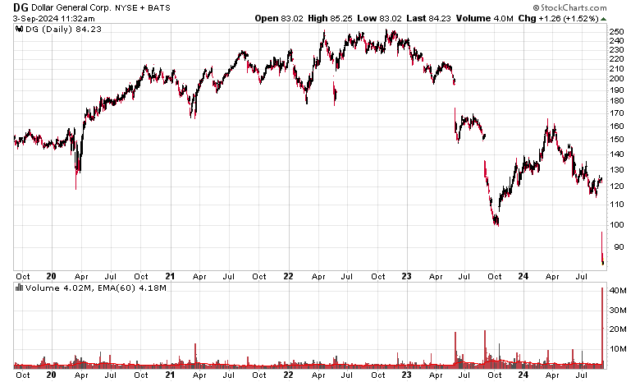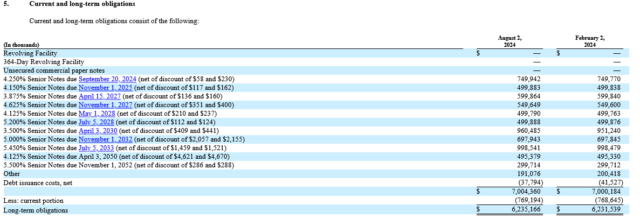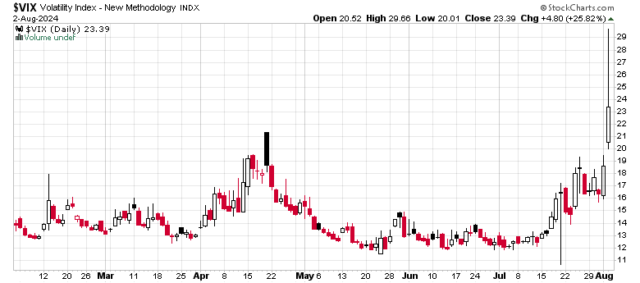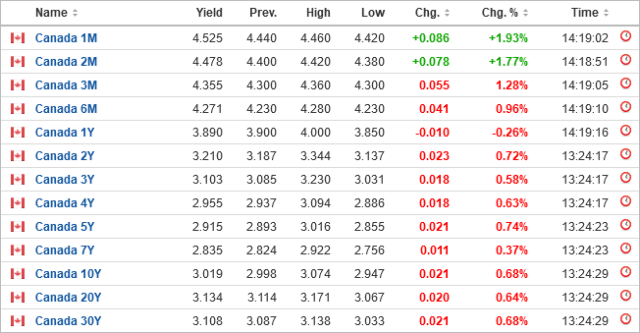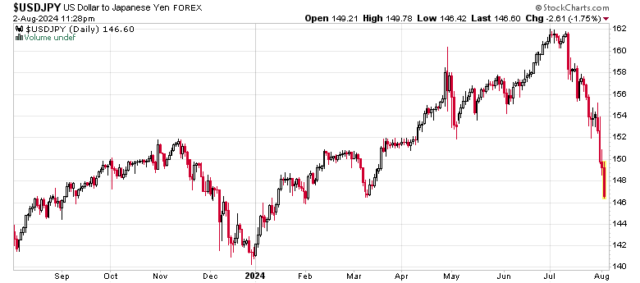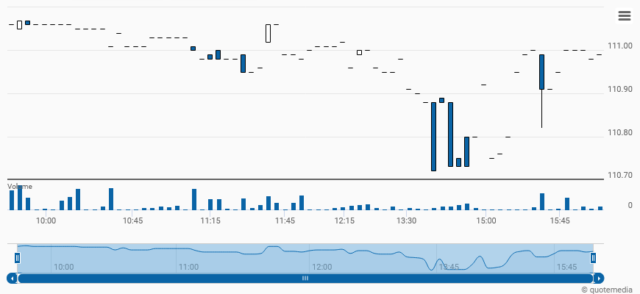The market has long since baked in the upcoming drop in interest rates.
As a result, anything “yield-y” have been bidded up substantially.
I note the REIT sector, which at one point earlier this year was mostly negative year-to-date is now, with a couple exceptions, up solidly.
We have the go-private transaction (99% sure to succeed) for Melcor (TSX: MRD) repurchasing the minority interest in its REIT (TSX: MR.UN) – the fact that MR suspended dividends some time ago should have given a clue as to its financial condition, but apparently they have some assets on the balance sheet that’s worth paying a healthy 60% premium to market for.
The larger REITs, e.g. REI.un, AP.un, CAR.un, etc. are all up roughly 25% over the past three months.
This is purely due to the quantitative effects of interest rates dropping. I will question the economic fundamentals of such price moves.
We also look at other (restaurant royalty) income trusts, including KEG.un, AW.un, BPF.un, etc., and they are all up. I will also question the economic fundamentals of such price moves. Do lower interest rates cause more people to go to restaurants?
While high prices are great if you are already holding and intend on selling, returns on investment drop with higher prices.
It’s getting pretty tough out there. As cash yields less and less, investors will be compelled to march up the risk spectrum to make the same returns that investors are fighting for.
The good news, however, is that having a slate that is cleaner than it has been since 2008 gives some mental clarity. I am not going to force cash to work for the purposes of increasing yield. It does hurt in some manner, knowing that every day cash erodes in purchasing power.
Despite government-published CPI statistics showing that inflation has moderated, anybody with a functioning eyeball will know that cost escalation is still significant and ongoing, especially with goods and services that people actually require. Costco is an excellent barometer for this.
The deflation you see are for goods that nobody needs. Take a look at Craigslist ads for furniture and you can explore a market that is besieged by deflation. Do you want somebody’s discarded Roomba? That can be had for $50 or $60.
There is also another metric to determine how much purchasing power has declined and that is to measure the portfolio value not in dollars but rather ounces of gold – gold as measured in Canadian currency is up almost 25% year to date, which is more than my own year-to-date performance this year. Just in case if I wanted to pull off a “Scrooge McDuck” and cash everything into one ounce gold coins and go swimming in the vault, I’d have less today than I would have last year!
Interesting times always lie ahead. The environment today is a lot more difficult than it was in 2020-2022.
